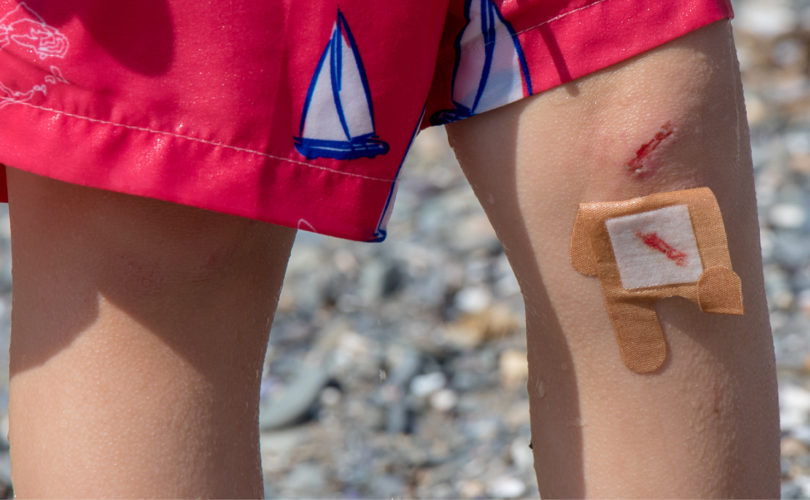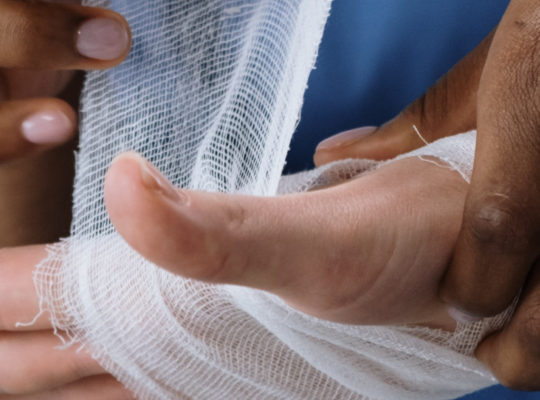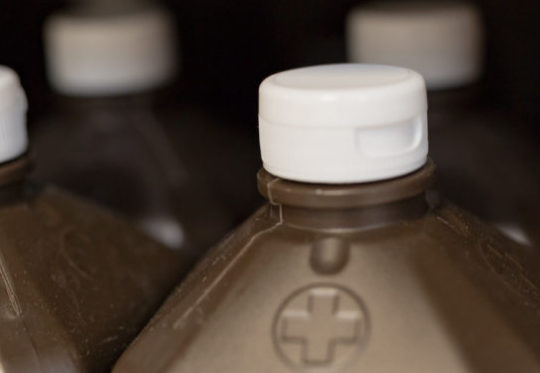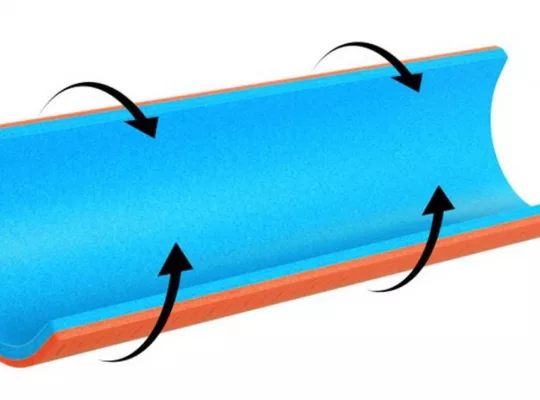When it comes to staying happy and healthy, one of the first things you need to do is protect yourself from harmful bacteria and viruses. The best ways to do this is by supporting your immune system by eating well, getting enough sleep and water, finding time to destress, and keeping your wounds clean. This blog will discuss everything you need to know about one of the most popular antibiotic ointments on the market, Neosporin.
What is Neosporin?
Neosporin is the name for Johnson & Johnson’s antibiotic ointment. It is a white-petroleum jelly that also contains three active ingredients, Bacitracin, Polymyxin B, and Neomycin. All three of these ingredients work to kill and prevent bacteria from growing in the applied area. Neosporin also comes with some variations in its recipe to include analgesics and/or remove/replace an ingredient to prevent allergic reactions.
Things to Remember about Neosporin
It should be noted that Neosporin is a topical ointment, and it is not the same type of antibiotic that your doctor would prescribe for something like a chest infection. Topical antibiotics are only designed to fight bacteria that cause skin infections, such as staphylococcus. Similarly, topicals only fight the bacteria and not the infection itself–i.e., using Neosporin on an infected cut will only kill the bacteria on the outside of the wound, and prevent more bacteria from entering the wound. It will not be effective in killing the bacteria attacking your skin and blood cells and putting Neosporin directly in the wound will likely prevent it from healing properly.
Neosporin should only be used for minor burns, cuts, and scrapes. As soon as the wound reaches the dermis, antibiotic ointments should be avoided. Antibiotic ointments should be used as a supplement to cleaning a wound with soap and water, not a replacement. Minor wounds should be cleaned regularly cleaned with soap and water, and Neosporin should only be used sparingly. Neosporin is not a bad thing or a poor product, it just needs to be used appropriately to be effective.
Bacteria evolve very quickly, and in recent years, more and more bacteria have started developing resistances to topical antibiotics. Using topical antibiotics repeatedly and in large amounts gives bacteria the ability to develop resistances.
How Does Neosporin Work?
Neosporin is designed to kill and prevent the growth of bacteria that develop on and around a skin wound. The ointment creates an area unfit for bacterial growth and development, and acts as a barrier for a wound. Since topical ointments work passively, requiring bacteria to try and spread into its area, that gives bacteria a better chance of developing a resistance.
If you think of antibacterial ointments as a wall, with enough time and without the design of the wall changing, people will find a way to get past it. That is why you should not solely rely on antibacterial ointments. Washing with soap and water is consistently more effective because that is designed to just move as much of the bacteria off of your skin as possible.
Going back to the wall analogy, using soap and water is like destroying the camp or base of the people trying to get around the wall. You may not get rid of all of the people, but you have now forced them to spend time and energy to rebuild and get back to where they were before.
When Should You See a Doctor?
Gauging the severity of an infection can be difficult depending on its location. The easiest signs that you need medical attention are:
- A 100-degree fever
- The wound is more painful than you expect it to be
- The redness and swelling are spreading
- Pus and or a clear fluid are being expelled from the wound
- The scab developing is yellow, or a crusty yellow substance is forming around the wound
Redness and swelling are very common with wounds and are not only signs of an infection. But if you notice that the swelling is getting worse, or starting to affect a larger area, seek medical attention. Similarly, redness, or the normal discoloration for your skin tone, does not always mean an infection is present. However, if you see the redness spread, especially in the direction of your heart, you should see a doctor.
What is Neosporin?
Neosporin is a white-petroleum jelly with Bacitracin, Polymyxin B, and Neomycin mixed in.
Does Neosporin help protect against Staph infection?
Yes. Neosporin kills and prevents the development of bacteria on the skin. It is effective against Staphylococcus and MRSA bacteria.
Will Neosporin help protect against severe cases of Staph, Impetigo, or MRSA infection?
No, severe infections require prescription-strength oral antibiotics.




